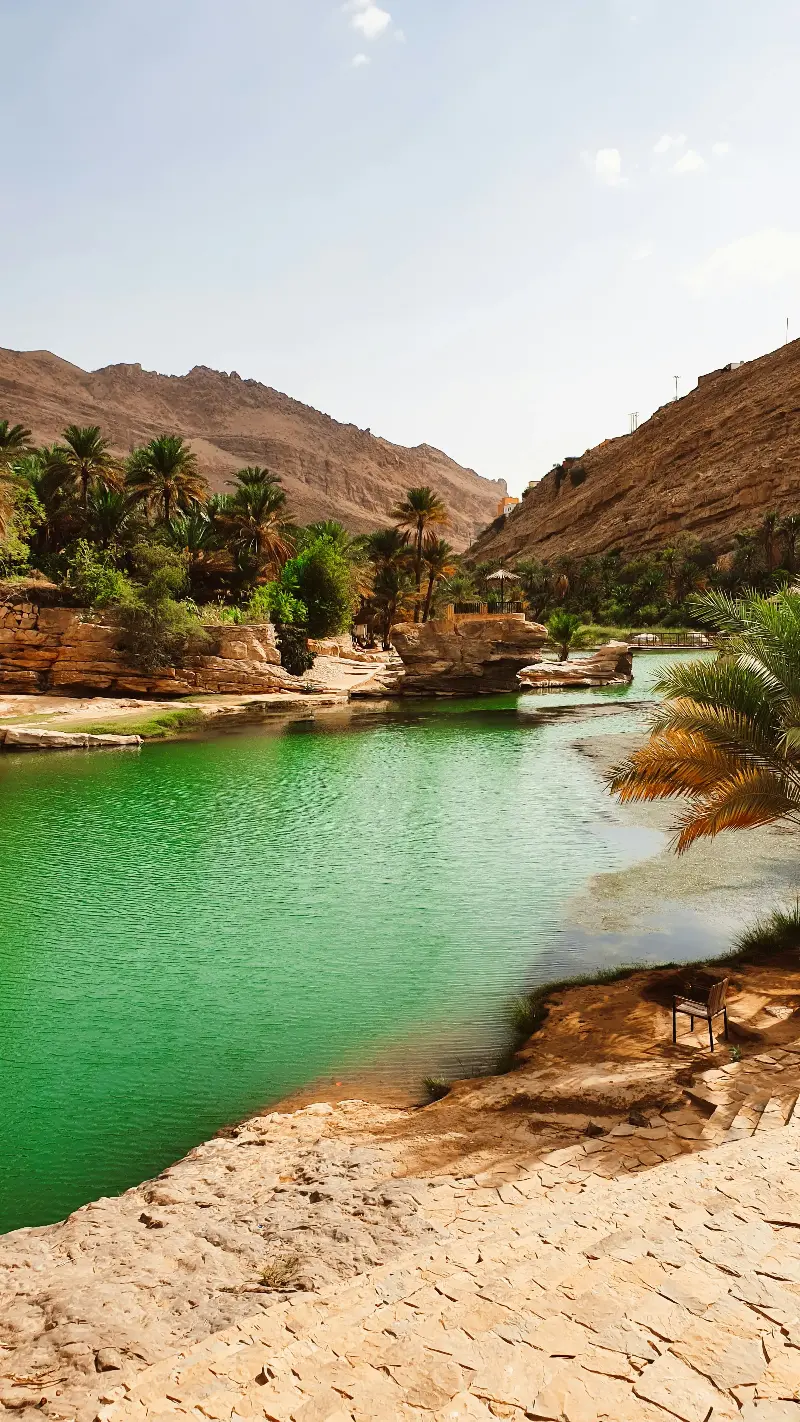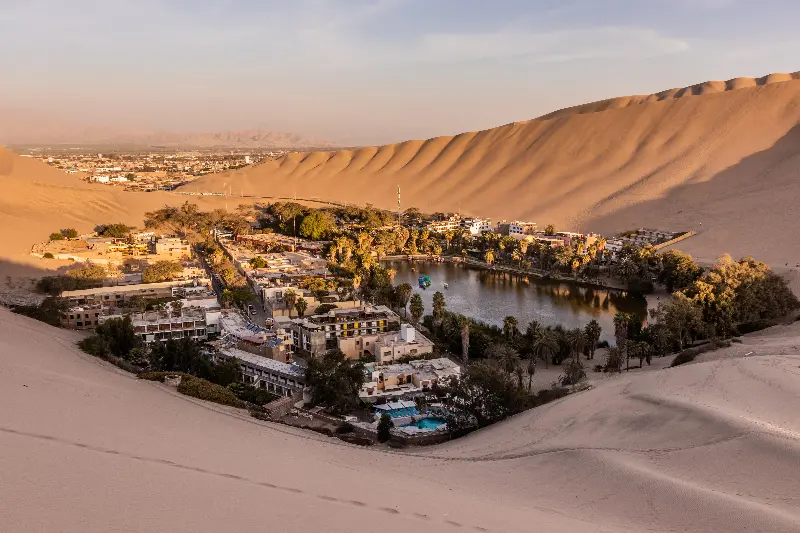
Imagine the vast, relentless stretches of the world’s deserts—sand dunes rolling under the fierce midday sun, and an arid hush blanketing everything in sight. Suddenly, amidst the barrenness, a patch of shimmering green pops into existence. Water glimmers, palms whisper in the wind. Welcome to the oasis: nature’s life raft in a sea of sand.
The Essence of an Oasis: Not Just a Mirage
Most people think of an oasis as a simple pond encircled by date palms, but it’s much more profound than that. In scientific terms, an oasis is a fertile region in an otherwise dry and desolate landscape, where water in liquid form sustains plant and animal life. This water doesn’t arrive magically: it emerges from underground aquifers or springs, forming pools, lakes, or streams. Sometimes, centuries-old irrigation systems channel groundwater to the surface, carefully preserved and expanded by human hands over generations.
Without oases, civilisation in many arid parts of the world—like North Africa’s Sahara or Central Asia’s deserts—would never have flourished. Early traders, nomads, and even entire cities have thrived by clinging to these rare, precious lifelines.
How Oases Are Born: Earth’s Hidden Plumbing
Have you ever wondered how such abundant life can spring up where the land seems most hostile? The secret lies beneath the surface. Here’s how oases generally form:
-
Natural Wells: Rainfall in far-off hills or mountains slowly seeps into the earth, trickling underground through porous rocks. Eventually, this hidden water finds its way to points where it can rise, usually at low spots in the landscape.
-
Fault Lines and Springs: Sometimes, tectonic forces crack the earth. Water follows these faults, bubbling up as a spring.
-
Human Ingenuity: In places like Egypt and Iran, ancient civilisations engineered tunnels and wells—known as qanats or foggara—to tap subterranean lakes and deliver water to the surface.
Oases are delicate. Too much use or changes to the climate can tip the balance, making them vanish as quickly as they appeared.

Oases: Engines of Life, Trade, and Culture
Oases are much more than beautiful anomalies; they’ve powered economies and cultures for millennia. Think of them as bustling hubs of biodiversity and commerce in the middle of nowhere. Here’s why they matter so dearly:
- Biodiversity Hotspots: Palms, reeds, fruit trees, and vibrant flowers grow where nothing else can. Animals—from migratory birds to rare reptiles—depend on these lush patches for survival.
- Historic Trade Routes: Major caravan routes crisscrossed deserts, stopping at oases for water, rest, and trade. Legendary cities like Timbuktu and Marrakesh rose from these green sanctuaries.
- Modern Sustainability Lessons: Today, oasis agriculture teaches us about water conservation, resilience, and sustainable irrigation—a vital lesson as freshwater becomes scarcer worldwide.
Picture a grove of sunlit dates ripening on the tree, while local farmers use centuries-old techniques to irrigate crops. Oases are practical, ingenious blueprints for adapting to tough environments.
Why Our Future May Depend on Oases
It might seem that oases are relics of a bygone age. But as populations rise and our climate shifts, these miraculous patches of green teach us something crucial: surviving and thriving amid scarcity. Oases demonstrate how communities can cooperate, innovate, and respect natural limits—lessons more urgent now than ever.
Perhaps next time you sip water on a sweltering day, you’ll remember the incredible story of the oasis—how a few drops, wisely nurtured, can become an entire world. What other secrets might our deserts hold, waiting for us to rediscover their ancient wisdom?
